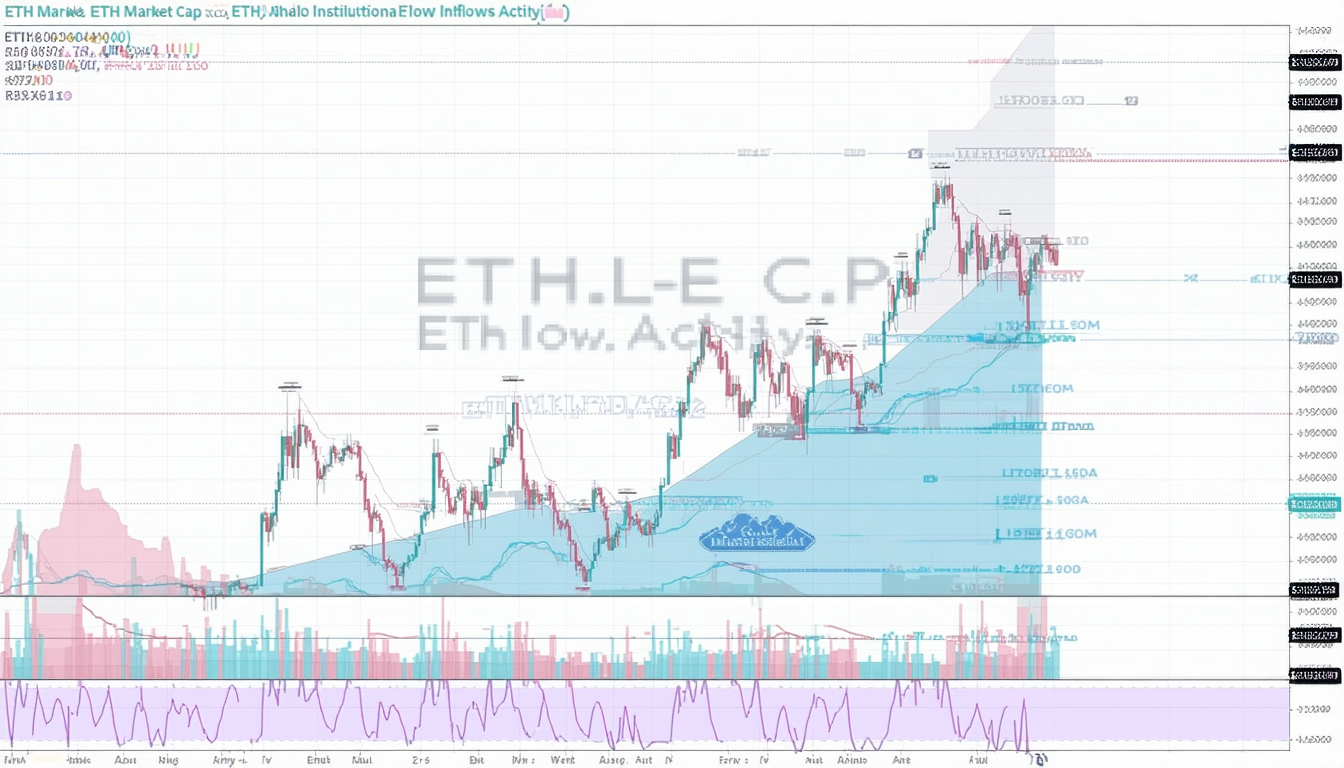The value of cryptocurrencies is experiencing significant fluctuations this week as new regulations and market events reshape the digital asset landscape in the United Kingdom and globally. On July 24, 2025, major coins like Bitcoin saw notable price swings while policymakers introduced sweeping changes to stablecoin oversight, sparking debate among investors, industry leaders, and regulators about the future direction of crypto value.
Regulatory Changes Drive Uncertainty in Crypto Value
A series of regulatory developments has injected both optimism and caution into cryptocurrency markets. The introduction of comprehensive stablecoin laws in the United States—such as the GENIUS Act—has set a precedent that could influence UK policy. The GENIUS Act requires stablecoin issuers to maintain one-to-one US dollar reserves, undergo independent audits, and comply with strict supervision. These measures aim to enhance transparency but also impose higher compliance costs on issuers.
According to industry analyst Sarah Mitchell, “Clearer rules can boost investor confidence but may also push smaller players out due to increased operational burdens.” Stablecoins now underpin hundreds of billions in global crypto trades; their integrity is seen as vital for overall market stability.
Meanwhile, European authorities have released final guidelines under MiCAR (Markets in Crypto-Assets Regulation), focusing on investor protection by setting minimum professional standards for crypto service providers. While these frameworks are not yet UK law post-Brexit, they signal a trend toward stricter oversight that could impact British firms operating internationally.
Market Data: Volatility Returns as Investors React
Crypto value remains highly sensitive to news flow. As of July 24:
- Bitcoin traded at £91,800 (117,992 USDT), up 0.23% over 24 hours.
- BNB dropped below £590 (757 USDT), down 2.38%.
- Stellar’s XLM experienced further declines amid broader sector uncertainty.
These price movements reflect both macroeconomic factors—such as inflation data—and micro-level shifts triggered by regulatory announcements or institutional partnerships.
Notably:
– MultiBank.io partnered with Fireblocks to tokenize $10 billion worth of real estate assets.
– World Liberty Financial integrated its USD1 stablecoin into Web3 banking platforms.
Such innovations highlight how traditional finance is converging with blockchain technology despite ongoing volatility in crypto value.
Industry Perspectives: Opportunities and Risks Ahead
Experts remain divided on whether tighter regulation will ultimately support or stifle growth within the sector:
-
Proponents argue that robust legal frameworks will attract institutional capital by reducing fraud risk and increasing accountability.
“Institutional investors need clarity before committing large sums,” says fintech consultant James O’Connor. “Regulation brings legitimacy.”
-
Critics warn that excessive red tape could drive innovation offshore or limit consumer choice if only large incumbents can afford compliance costs.
According to blockchain entrepreneur Priya Desai: “We need smart regulation—not blanket restrictions—to nurture homegrown talent.”
For retail investors in the UK watching global trends unfold:
- Enhanced protections may reduce exposure to scams or unstable projects.
- However, rapid rule changes can create confusion about which platforms are safe or compliant at any given time.
Impact on Stakeholders Across Sectors
The evolving definition of crypto value affects multiple groups:
Investors:
– Face greater scrutiny when trading certain tokens
– May benefit from improved transparency around reserves backing popular stablecoins
Startups & Exchanges:
– Must adapt quickly or risk losing access to key markets
– Could see consolidation if smaller firms exit due to rising costs
Regulators & Policymakers:
– Are under pressure from both consumer advocates demanding safety measures
– And innovators urging flexibility so Britain remains competitive post-Brexit
Traditional Banks & Asset Managers:
– Are exploring tokenization projects but remain cautious until legal uncertainties resolve
Future Outlook for Crypto Value Regulation
Looking ahead:
- The White House plans a pivotal policy report next week which may propose allowing Bitcoin reserves at central banks—a move watched closely by UK officials seeking best practices for digital asset integration into mainstream finance.
- Mobile mining apps like Quid Miner are democratizing access but raise fresh questions about security standards outside regulated exchanges.
- Tokenization efforts continue apace; experts predict more real-world assets will be represented digitally within five years if regulatory clarity improves globally.
While no single event determines long-term trends alone—the interplay between innovation and oversight will shape how Britons perceive crypto value moving forward.
In summary: This week’s developments underscore both promise and peril for those invested in cryptocurrencies across Britain—from everyday traders navigating volatile prices through institutional players weighing new opportunities against emerging risks posed by an evolving legal landscape worldwide.






